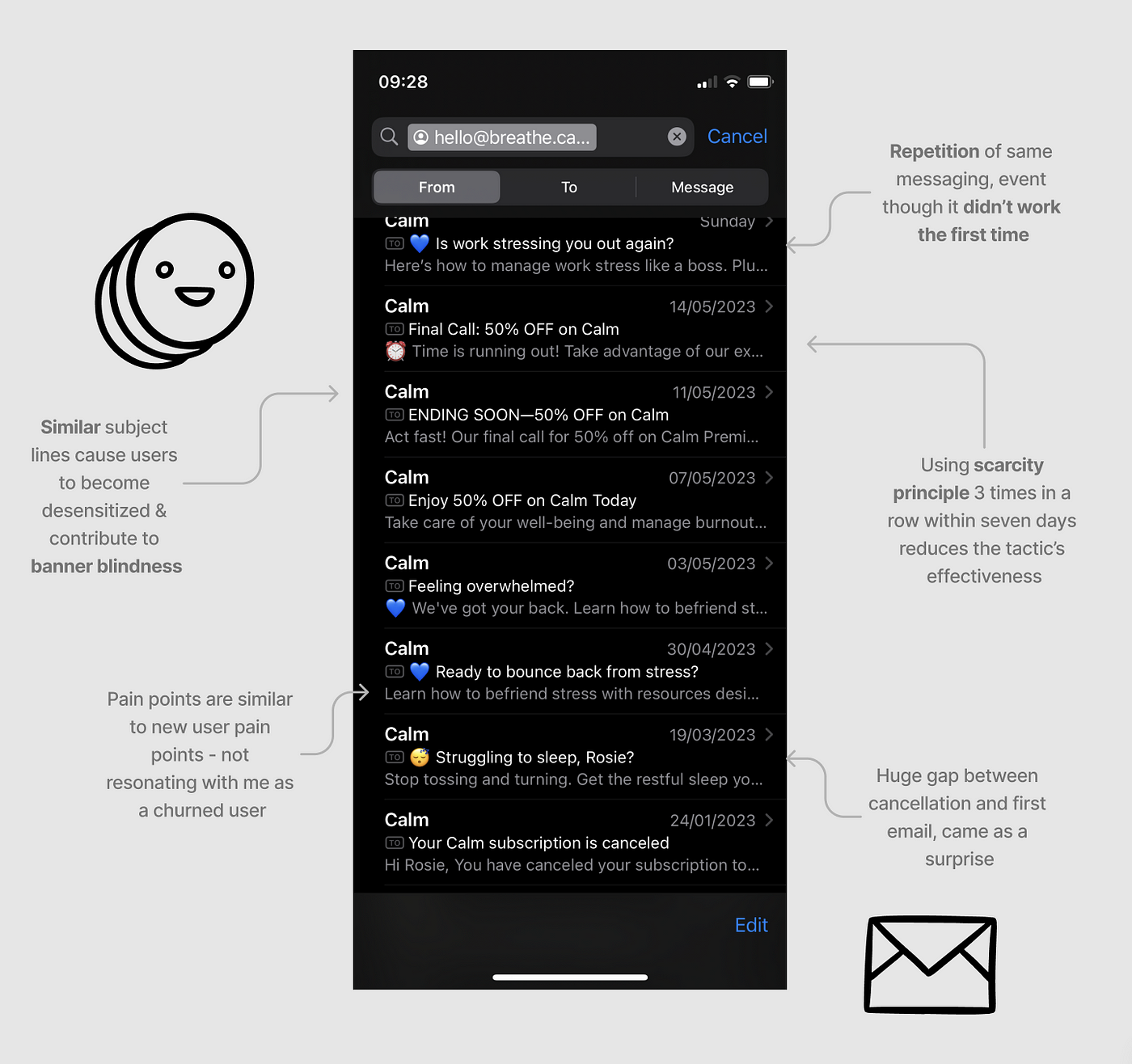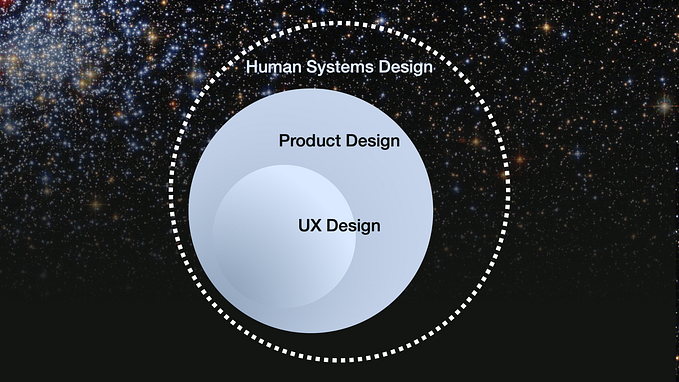Member-only story
Can growth design be truly ethical?
And if so, how?

In the ideal world, growth designers create user experiences that drive business growth while following ethical principles. However, creating and maintaining this balance between growth and ethics was one of my biggest challenges as a growth designer.
Shaping ethical solutions
Growth hacks or so-called psychology tricks have a negative reputation. and it’s not a surprise. Think about the last time you stumbled upon such a “smart” hack — maybe when you were trying to unsubscribe from newsletters you didn’t mean to sign up for, or when booking a low-cost flight became complicated due to numerous upsells.


The more marketers and people responsible for company growth learn about growth hacks, the more unpleasant some user journeys seem to become.
Some growth design projects by nature limit user’s access to some functionality. While the natural first desire of most designers is to give the most to the users and ensure their best experience, such projects often link back to making money for the company and achieving business goals.
For example, monetization projects may include limiting free access to some functionalities, and keeping the rest under the paywall; or introducing more points of entry to the paid features to promote them more.
Engagement and retention growth projects can include creating obstacles to cancel subscriptions or opt out of emails, and excessive emailing to bring users back to the product. Is it bad by default or it can be justified?


Imagine you’re working on a growth design project that involves limiting free access to certain features. How might you ensure users understand the value of the paid features while still respecting their experience as unpaid users?
Growth design projects can and should be ethical as well, and this can be achieved if these promotions are…







